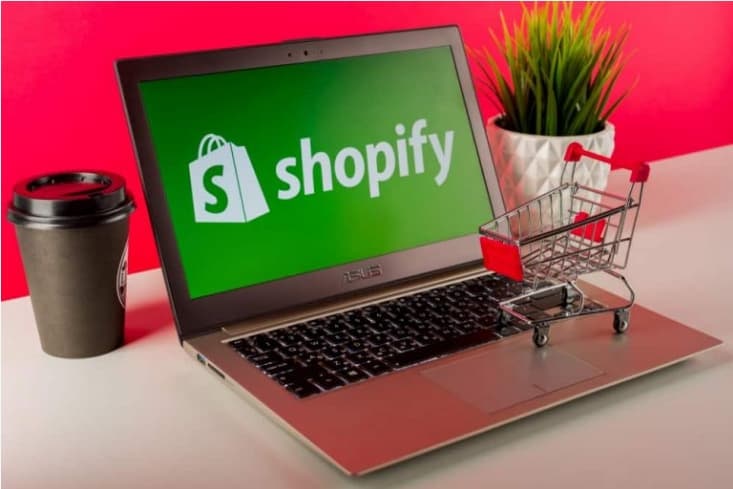In the last trading week, Shopify (NYSE: SHOP) rose more than ten spots in the worldwide list of businesses by market capitalization.
As per HelpCenterApp research, the Canadian e-commerce firm with a market value of $183.04 billion at the time of writing is now worth more than Wells Fargo (WFC), which has a market value of $172.57 billion, UPS (UPS), $172.16 billion, and McDonald’s (MCD) ($171.33 billion).
Additionally, as displayed in the graph below, the momentum for Shopify is progressive, as it is trading past all given EMA lines (20; 50; 200) and has grown 68% in a year.
Picks for you
The e-commerce sector has been slowly developing in recent years, but it took off when the worldwide pandemic struck. Then, social isolation, remote work, job losses, and a challenging economic environment drove thousands of new merchants to onboard the online stores.
By May 2020, the number of new stores had increased by 62 percent, providing a new source of income for many and increasing Shopify’s gross merchandise volume (GMV) by 46 percent to $17.4 billion in the first quarter of the year.
Growth of online stores
The cloud-based company has reaped the benefits of the e-commerce boom as the demand for online shopping has risen, and Shopify merchants have begun to flourish.
The firm reported $977.7 million in sales for the fourth quarter of 2020, a 94 percent growth over the same period in 2019. In addition, Shopify’s yearly sales increased by 86 percent, reaching $2.929 billion by the end of 2020 which has, in turn, affected its market cap.
According to Shopify’s CEO Amy Shapero,
“Our fourth-quarter results capped off an outstanding 2020, thanks to the success of our merchants <…> Shopify was prepared to ship the features that our merchants needed during the pandemic because we had invested for several years in a future that arrived early with the acceleration of online commerce.”
Based on the findings of the HelpCenter survey, over 37 percent of Shopify store owners have seen an increase in sales and boosted their revenue by at least 40 percent since the outbreak of COVID-19.
Moreover, 22.4 percent of vendors who responded to the study increased their revenue by up to 60 percent with more than 5% of those who reported a positive shift due to the pandemic raising their income by at least 80%, while 12% of respondents stated their revenue increased by 100% or more.
Web applications second only to music apps
Since consumer behavior has shifted significantly due to the epidemic, e-commerce sales are likely to maintain the same pace. Mobile shopping applications are already utilized by 78 percent of consumers worldwide.
It is worth mentioning that the United States has the most live Shopify e-commerce websites in the world, with 1.09 million, or a 73.24% share, according to our previous research.
Numerous businesses looking to go online will use Shopify as it provides a highly scalable, simple-to-implement solution at a low cost. Merchants have a single view of their business, allowing them to manage items and inventory, process orders and payments, establish customer connections, and use analytics and reporting.
Moreover, the system also features a mobile-optimized checkout mechanism, which allows merchants’ customers to purchase items via mobile websites.
Continuous enhancements
Shopify has taken the lead in assisting smaller enterprises and merchants in adapting to this new reality s by trying to improve the functionality of its e-commerce stores.
The e-commerce powerhouse has already made adjustments such as making gift cards available to all vendors, facilitating curbside pickups, and introducing a consumer-facing purchasing experience.
Moreover, the e-commerce platform has also invested $350 million US dollars in Stripe, a payment processing firm that aids in accepting payments and the management of online companies.
Ongoing developments mean that merchants can “compete in any retail environment and engage directly with their customers wherever they are” while also making running an online business more accessible and enhancing the shopping experience overall.
[robinhood]





